Inspiration
Selecting the Right Firewood

Story Highlights
Quality time around the fire starts with quality firewood. In this article, we provide guidance selecting the proper size and wood type as well as storage and seasoning techniques.

All firewoods are not created equal
What makes some types of firewood better for burning than others? It comes down to two factors: density and water content. The denser and drier the firewood, the better it will burn and the more heat it can produce.
Because of this, use seasoned wood logs only. Scrap wood produces sparks. Treated wood, coal, or woods dipped in pine tar should not be used because they may leave a combustible residue in the fireplace and chimney. Use of seasoned wood is preferred.
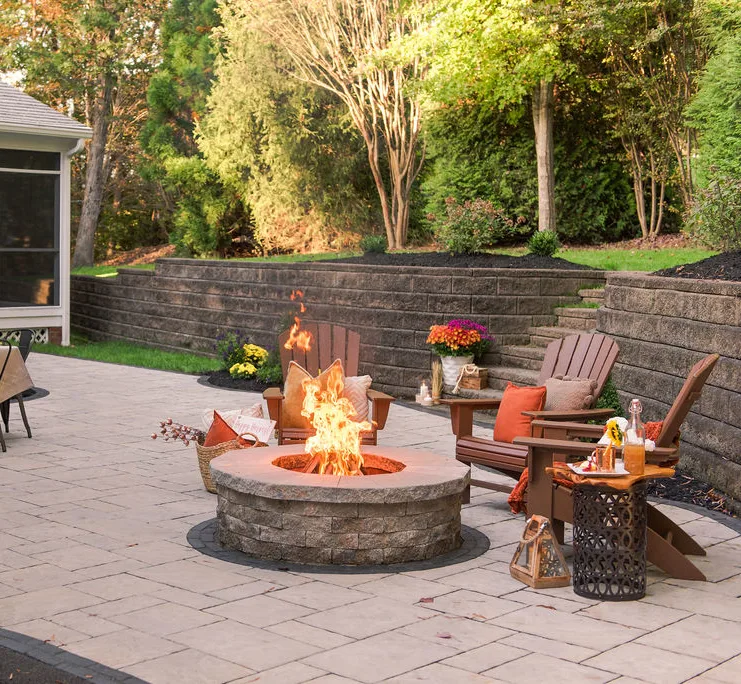
AVOID USING...
"Green" Wood
Freshly cut or "green" wood contains up to 50 percent moisture. “Green” wood does not burn well and typically puts off a lot of smoke. The pressure of moisture and resin inside green wood will build under heat and explode as sparks.
Therefore, it is recommended to only use...
Seasoned Wood
Most wood requires 9-12 months of seasoning and drying to reduce the moisture content enough to produce good steady fires. Make sure that you buy only seasoned wood, or if you buy green wood (usually cheaper), store it properly to aid in the seasoning process.
The following steps will assist in the seasoning process:
-
Stack wood loosely to permit maximum air circulation.
-
Do not stack wood on the ground. Use a wood rack or stack on scrap lumber. Storage on the ground will cause rotting and insect infiltration.
-
Cover wood stacks with a tarp so that it is not excessively exposed to the elements such as snow and rain.
-
Do not stack wood against the walls of your home
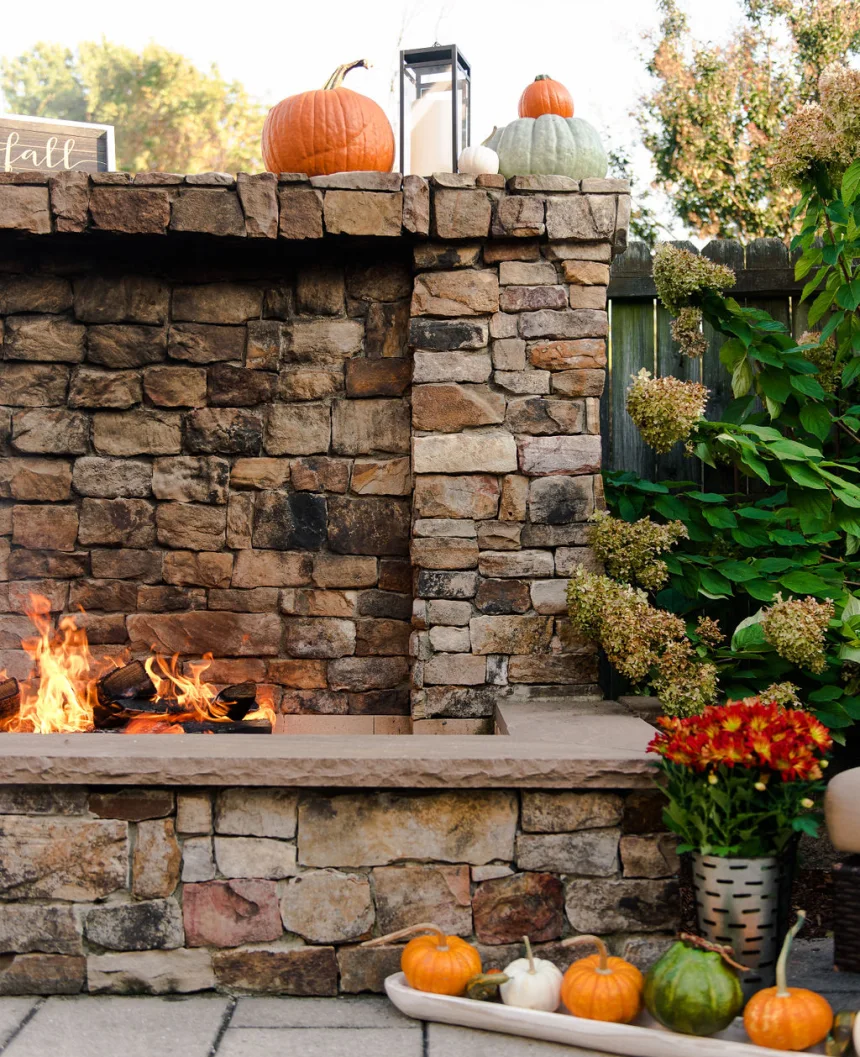
Selecting the right...
Log Size
Standard-cut firewood is about 16 inches long. This is because firewood is often sold by face cord, which measures 4 feet tall, 8 feet wide and 16 inches deep. As a result, 16 inches has become the universal length for standard cut firewood.
Some people, however, prefer using bigger, longer pieces of firewood. If you have an oversized fire feature (like the pictured firewall), standard cut firewood may not provide a sufficient amount of heat, in which case you may want to use longer length firewood. You can find longer length firewood available in several sizes, including 24 inches and 30 inches.
Types of wood
Softwoods vs. Hardwoods
Wood is divided into two classes, hardwoods and softwoods. There is a use for each in fire features and each has advantages and disadvantages.
The selection of wood depends on the type of fire you want. The hardwood category includes such woods as oak, walnut, birch, elm, and maple. Hardwoods are preferable for a slower burning and uniform heat output.
Softwoods include pine, fir, cedar, and spruce. Softwoods are good to offset a morning chill because the fire develops faster. That said, softwoods contain a highly flammable resin that will leave creosote soot in the chimney flue. This often results in sparking. Experienced fire builders will often use small amounts of softwood kindling and newspaper when starting a split hardwood log fire.
Getting more specific
Wood Rated by Heat Value
Heat value refers to the amount of heat a wood produced when burned. Heat value varies based on the type of wood. A cord of wood with “high heat value” provides the heat equivalent to that produced by burning 200 to 250 gallons of heating oil.
Below are some of the best firewoods rated by their heat value:
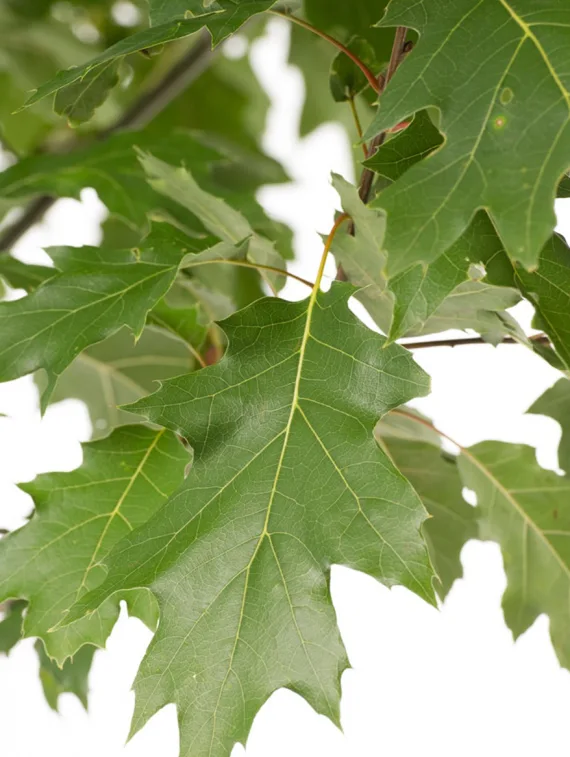
-
American Beech
-
Yellow Birch
-
Ironwood
-
Red Oak
-
Shagbark Hickory
-
Sugar Maple
-
White Ash
-
White Oak
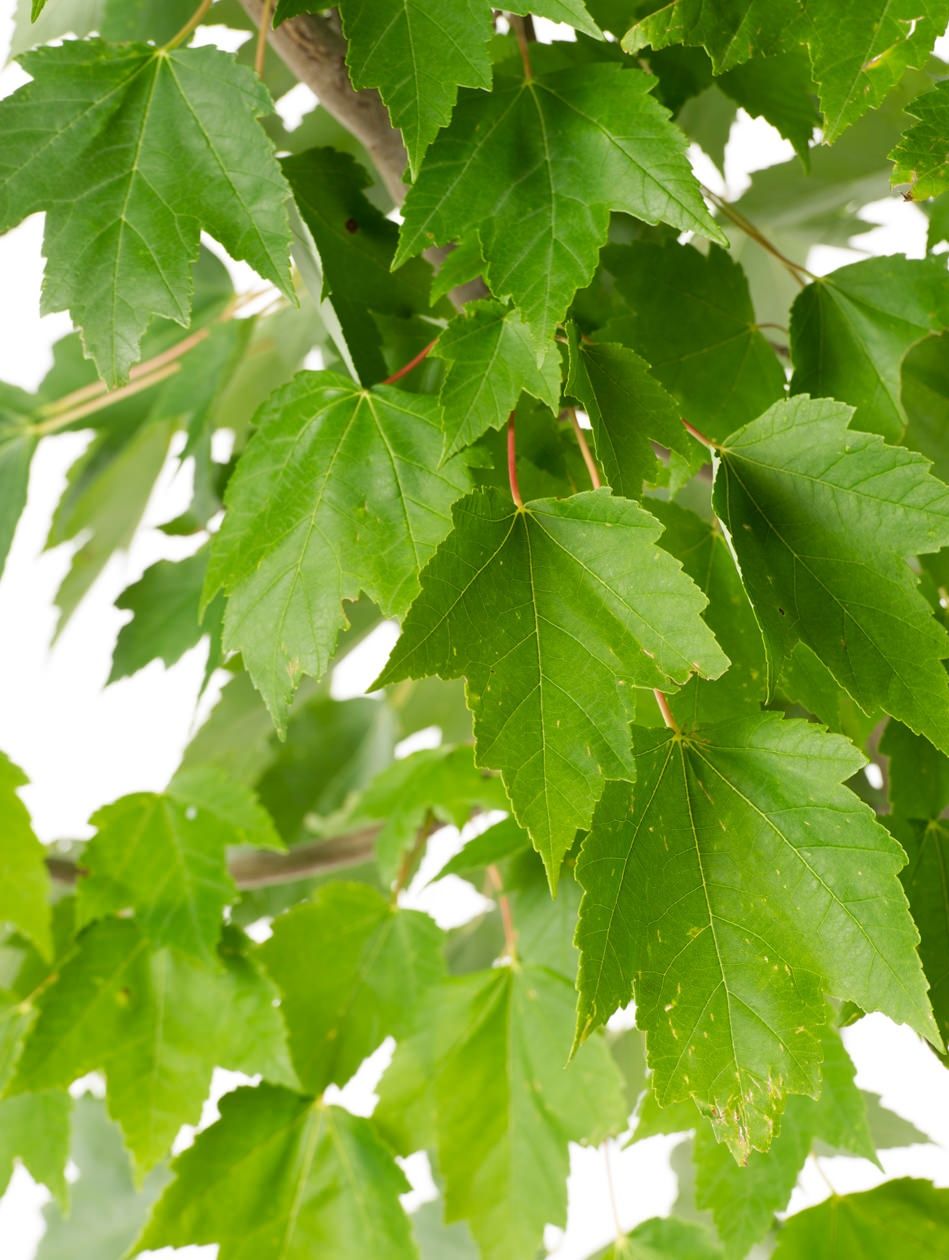
-
American Elm
-
Black Cherry
-
Douglas Fir
-
Red Maple
-
Silver Maple
-
White Birch
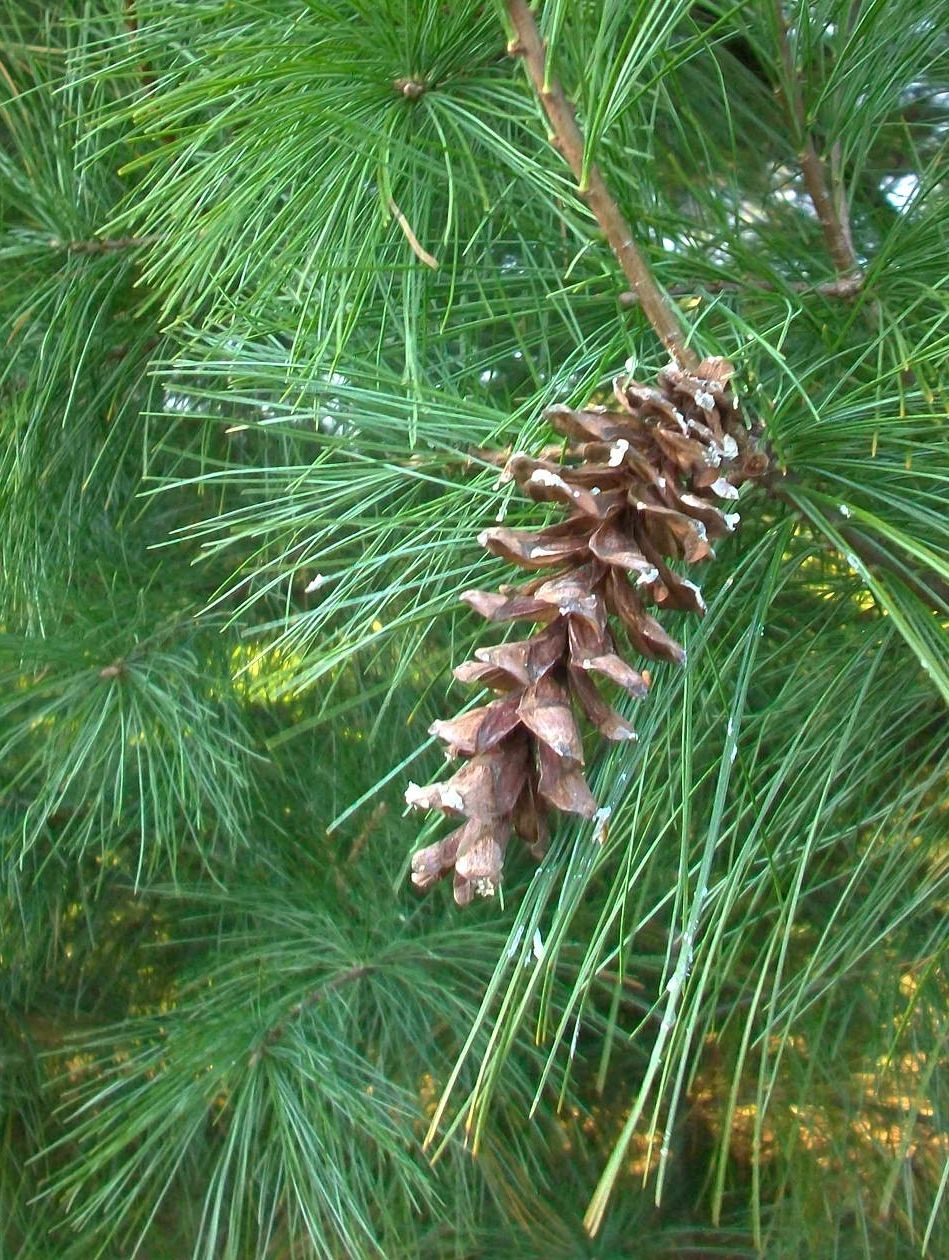
-
Cottonwood
-
Hemlock
-
Cedar
-
Various Pines
-
Redwood

Where to purchase
Buy Local
Tree-killing insects and diseases can lurk in or on firewood. These insects and diseases can’t move far on their own, but when people move firewood they can jump hundreds of miles. New infestations destroy our forests, property values, and cost huge sums of money to control.
Because of this, we recommend that you only buy firewood from local sources. As a very general rule of thumb, 50 miles is too far, and 10 miles or less is best.
Buying and moving firewood from elsewhere (especially from state to state) is not only frowned upon, it may also be illegal.
Pickup or Delivery?
A standard cord of wood is 128 cubic feet and can weigh up to 5,000 pounds depending on the type of wood and its moisture content. If you are trying to decide whether to pickup your firewood order or have it delivered, here is a good guide to follow.
-
A small pickup (1/4 ton) can carry 1/2 cord
-
A short bed pickup (1/2 ton) can carry 1/2 cord
-
A long bed pickup (1/2 or 3/4 ton) can carry 1/2 cord
-
A long bed pickup with racks can carry 1 cord
-
A standard truck (1 ton) can carry 1 1/2 cords of wood.
Relaxing Windsor Farms Retreat Project
Relaxing Windsor Farms Retreat Project
The design features numerous exciting elements including a pavilion-covered patio, gas fireplace, outdoor, water feature, stepping stone walkway, driveway with parking area, custom shed, and a new landscape that completes the relaxing and natural atmosphere. Without question, the resulting space is truly a full backyard transformation.